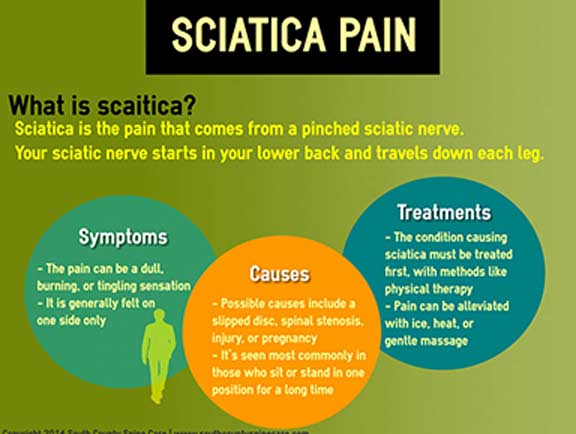The Relationship Between Posture And Back Pain: Techniques For Maintaining Proper Placement During The Day
The Relationship Between Posture And Back Pain: Techniques For Maintaining Proper Placement During The Day
Blog Article
Created By-Conway Preston
Keeping correct posture isn't just about sitting up directly; it's about aligning your body in such a way that supports your spinal column and lowers the danger of neck and back pain. The way you rest, stand, and move throughout the day can substantially influence your spine wellness. However exactly how exactly can you guarantee great alignment consistently, even during hectic days filled with numerous activities? Let's dig deeper right into the subtle yet impactful adjustments you can make to your everyday routine to maintain your back pleased and healthy and balanced.
Relevance of Appropriate Position
Proper pose is critical in maintaining a healthy and balanced back and avoiding discomfort. When you sit or stand with great posture, your spinal column is in alignment, lowering pressure on your muscular tissues, tendons, and joints. This positioning enables the body to distribute weight equally, preventing excessive stress and anxiety on certain areas that can cause discomfort and pain. By keeping your spine properly aligned, you can likewise enhance your breathing and food digestion, as slouching can press organs and restrict their performance.
In addition, preserving good stance can boost your general look and confidence. When you stand tall with your shoulders back and head held high, you emanate confidence and appear even more approachable. Good pose can likewise make you feel a lot more energized and sharp, as it promotes proper blood circulation and enables your muscle mass to work effectively.
Incorporating appropriate posture into your daily routine, whether sitting at a desk, walking, or working out, is crucial for avoiding pain in the back and advertising overall well-being. Remember, a little adjustment in exactly how you hold on your own can make a substantial distinction in exactly how you really feel and operate throughout the day.
Common Postural Mistakes
When it involves maintaining excellent posture, lots of people unwittingly make typical errors that can add to back pain and pain. One of the most prevalent mistakes is slouching or hunching over while resting or standing. This position puts excessive stress on the spinal column and can lead to muscular tissue discrepancies and pain in the long run.
Another common error is overarching the reduced back, which can squash the all-natural contour of the spine and create pain. Additionally, going across legs while sitting may feel comfy, yet it can produce a discrepancy in the hips and hips, resulting in postural issues.
Using a cushion that's too soft or as well solid while resting can also affect your positioning and add to back pain. Lastly, constantly craning your neck to check out displays or readjusting your position often can stress the neck and shoulders. Bearing in mind these typical postural mistakes can help you keep far better positioning and minimize the danger of pain in the back.
Tips for Correcting Alignment
To boost your alignment and minimize back pain, it's vital to focus on making small modifications throughout your everyday routine. Begin by being mindful of your position. When resting, ensure your feet are level on the flooring, your back is straight, and your shoulders are relaxed. visit my home page slouching or leaning to one side. Usage ergonomic chairs or pillows to support your lower back.
When standing, distribute your weight uniformly on both feet, maintain your knees slightly bent, and embed your pelvis. Involve your core muscle mass to support your back. Take breaks to stretch and walk around if you have a sedentary task. Incorporate workouts that reinforce your core and back muscle mass, such as slabs or bridges.
While sleeping, use a cushion that sustains the all-natural contour of your neck to keep proper spinal placement. Stay clear of sleeping on your tummy, as it can stress your neck and back. By bearing in mind these tips and making small adjustments, you can slowly correct your alignment and minimize pain in the back.
Conclusion
Remember, maintaining excellent posture is crucial to stop neck and back pain and promoting spine health. By being mindful of your placement, distributing weight uniformly, and involving your core muscle mass, you can minimize strain on your back and decrease the risk of pain and injury. Integrate why does my waist hurt , take normal breaks to extend, and strengthen your core and back muscles to keep correct positioning throughout the day. Your back will thank you for it!
